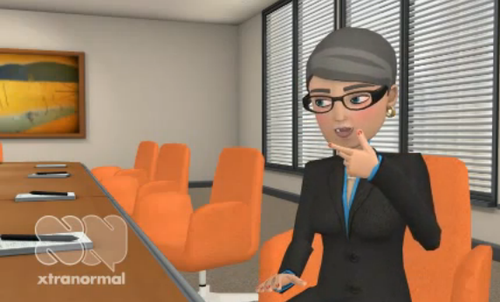eDiscovery Case Law: Not So Fast On eDiscovery Cost Reimbursement

Yesterday, we noted a potential reversal in the case approving computer-assisted review of electronically stored information (“ESI”) in the Southern District of New York. Today, we look at another eDiscovery ruling where a significant reduction in award amount was ruled.
One of the emerging trends for 2011 was the growing number of cases where the prevailing party was awarded reimbursement of eDiscovery costs, including this case and this case. Another case of eDiscovery cost reimbursement reported in this blog was Race Tires Amer., Inc. v. Hoosier Racing Tire, Corp., No. 2:07-cv-1294, 2011 WL 1748620 (W.D. Pa. May 6, 2011), where U.S. District Judge Terrence F. McVerry in Pittsburgh ruled that the winning defendants in an antitrust case were entitled to reimbursement of more than $367,000 in eDiscovery costs.
The plaintiff had argued previously that the costs should be disallowed because "electronic document collection, hard drive imaging and indexing and searching, commonly referred to as 'eDiscovery charges,' are not enumerated under Section 1920(4), and thus are not properly deemed recoverable costs." But Judge McVerry found that Congress, in the Judicial Administration and Technical Amendments Act of 2008, modified the wording of Section 1920(4), changing the phrase "fees for exemplifications and copies of papers" to read "fees for exemplification and the costs of making copies of any materials." Since that amendment, Judge McVerry said, "no court has categorically excluded eDiscovery costs from allowable costs."
Given the extent of the defendant’s eDiscovery activities, including copying nearly 500 gigabytes of data in response to over 400 search terms and creation of a litigation database, the court awarded $367,000 of the $389,000 eDiscovery costs requested by the defendants.
Naturally, the plaintiffs appealed that ruling to the Third Circuit Court of Appeals.
In a ruling that will undoubtedly not be popular with corporate defendants, the Third Circuit ruled that only an isolated portion of eDiscovery costs was taxable. As noted by the appeals court:
“The decisions that allow taxation of all, or essentially all, electronic discovery consultant charges, such as the District Court‘s ruling in this case, are untethered from the statutory mooring. Section 1920(4) does not state that all steps that lead up to the production of copies of materials are taxable. It does not authorize taxation merely because today‘s technology requires technical expertise not ordinarily possessed by the typical legal professional. It does not say that activities that encourage cost savings may be taxed.”
As a result, the appeals court significantly reduced the eDiscovery costs that the plaintiffs would have owed Hoosier and DMS under the lower court’s decision:
“We conclude that of the numerous services the vendors performed, only the scanning of hard copy documents, the conversion of native files to TIFF, and the transfer of VHS tapes to DVD involved copying, and that the costs attributable to only those activities are recoverable under § 1920(4)‘s allowance for the costs of making copies of any materials. Those costs total $30,370.42. We find that none of the charges imposed by DMS‘s vendor are taxable, and that the award in favor of Hoosier should be reduced by $95,210.13, the difference between the electronic discovery vendors‘ charges awarded by the District Court ($125,580.55) and the charges of Hoosier‘s electronic discovery vendors we find taxable ($30,370.42).” {emphasis added}
So, what do you think? Do you agree with the narrow ruling of taxable eDiscovery costs or do you think the original, more expansive ruling was correct? Will this lead to more cases settling? Please share any comments you might have or if you’d like to know more about a particular topic.
Disclaimer: The views represented herein are exclusively the views of the author, and do not necessarily represent the views held by CloudNine Discovery. eDiscoveryDaily is made available by CloudNine Discovery solely for educational purposes to provide general information about general eDiscovery principles and not to provide specific legal advice applicable to any particular circumstance. eDiscoveryDaily should not be used as a substitute for competent legal advice from a lawyer you have retained and who has agreed to represent you.




